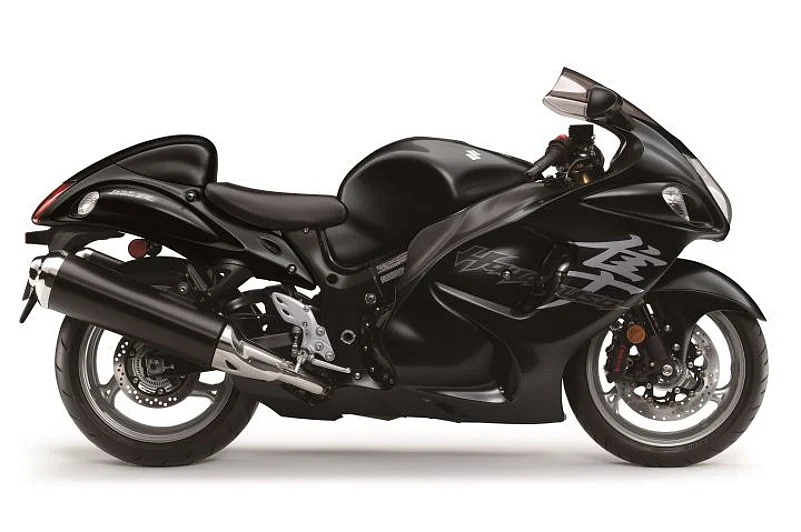- The 2019 Hayabusa receives a price hike of Rs 17,000.
- Two new colours include Metallic Oort Gray and Glass Sparkle Black.
- New generation likely to come in 2020.
- Despite its global demise, the Hayabusa will continue to sell in India till stocks last.
The death knell had rung for the Suzuki Hayabusa as its engine could not adhere to Euro IV emission norms and thus, it could no longer be sold in the European markets. However, it will continue to be on sale in the US as well as here in India, that is until 2020, which is when Suzuki predicts the stocks will last till.
For its final production run, Suzuki India has launched the 2019 Hayabusa for Rs 13.74 lakh (ex-showroom Delhi). The only new changes for the 2019 version come in the form of new colour schemes - Metallic Oort Gray and Glass Sparkle Black. The Indian version also gets a few side reflectors.

Earlier, the ’Busa used to retail for Rs 13.57 lakh, thanks to laxing of taxation. Even though this final edition is Rs 17,000 dearer, it should not be much of a hindrance for potential customers who want this hallowed beauty in their garages.
Powered by a humongous 1340cc inline four-cylinder liquid-cooled motor, the Hayabusa is capable of breaching the 300kmph barrier quite easily. However, despite being powered by a smaller 1299cc motor at launch, it was able to set the then speed record of 312kmph. But with manufacturers competing to eke out higher top speeds from their machines and thus posing threat to safety, EU nations started considering banning the import of such powerful motorcycles. It was then that several bike manufacturers, around the world, got together and agreed to an unspoken ‘Gentleman’s Agreement’ to limit their road-legal machines to 299kmph. However, the game has changed significantly since then and the Hayabusa has become a bit outdated.
There is some good news for ’Busa fans though. While Suzuki hasn’t gone on record and said it out loud, they have renewed the trademarks for the name. That means, there is a new Hayabusa in the works. It is likely to make a comeback in 2020 with a downsized engine which may not be naturally aspirated any longer.
Source: zigwheels.com
















